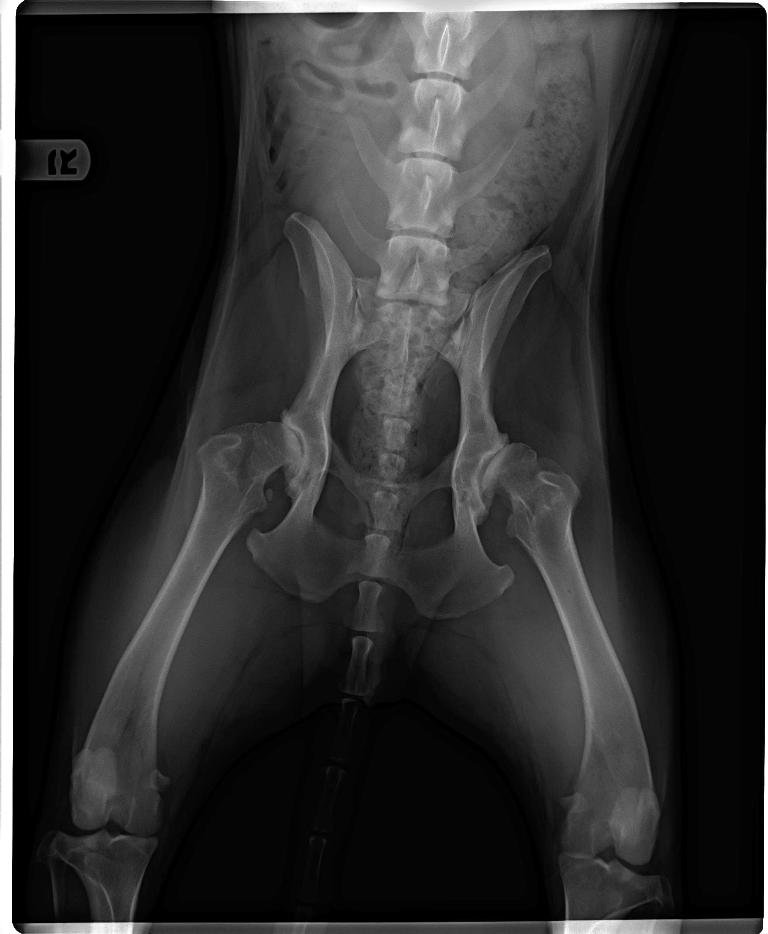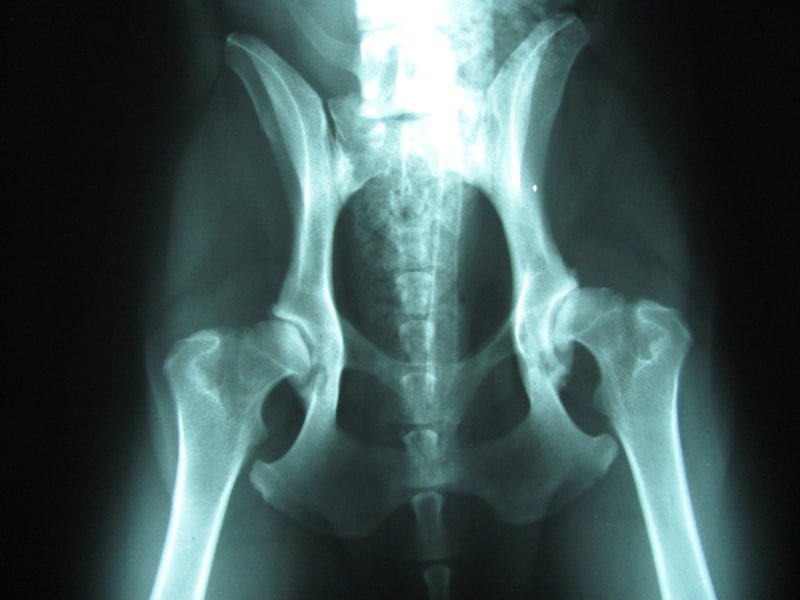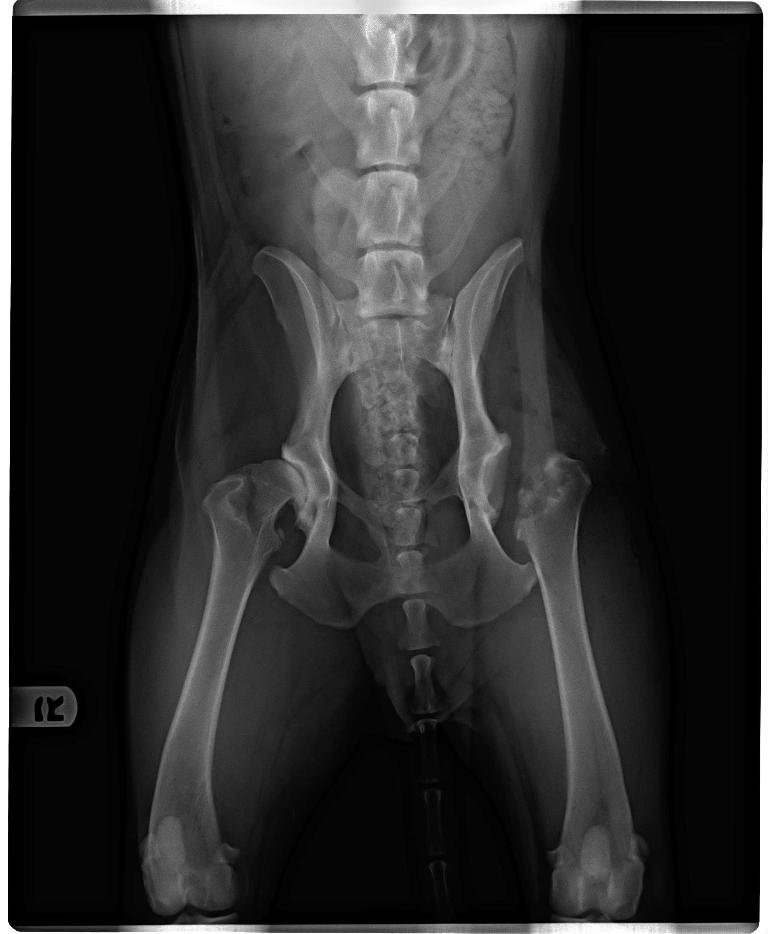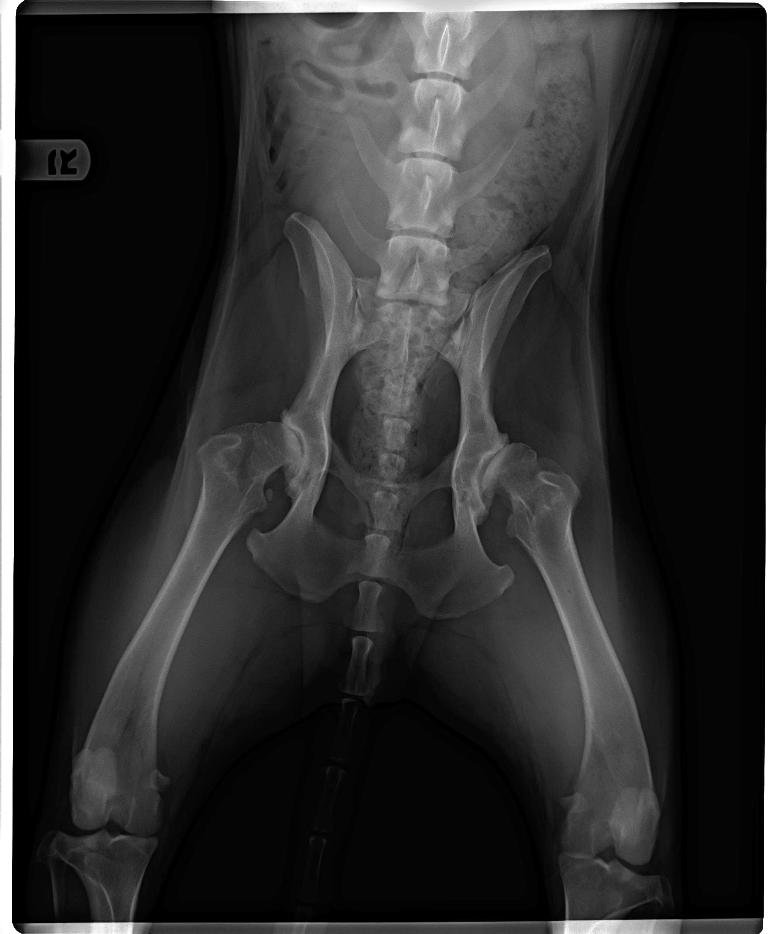Table of Contents
Are you a dog lover looking to learn more about hip and elbow dysplasia in dogs? Look no further! In this article, we will explore the causes and prevention methods for these common genetic diseases that affect our furry friends. Whether you have a large or small breed dog, it’s essential to understand the risks and take proactive steps to keep them healthy. From understanding how dysplasia occurs to exploring treatment options and precautionary measures, we’ve got you covered. So, let’s dive in and become knowledgeable pet owners, reducing the risk of dysplasia in our beloved companions. And remember, Highland Canine Training recognizes the importance of selecting structurally sound dogs for their training programs, highlighting the significance of research and responsible breeding practices.

Causes of Hip and Elbow Dysplasia
Hip and elbow dysplasia are genetic diseases that commonly affect dogs. These conditions can occur when two adult dogs with genetic issues are bred together or when dogs are acquired from inexperienced breeders. The genetic factors play a significant role in the development of dysplasia in dogs.
Prevalence of Hip and Elbow Dysplasia
While dysplasia can occur in both large and small breed dogs, it is more prevalent in larger breeds such as German Shepherds, Labrador Retrievers, and Golden Retrievers. These breeds are more prone to hip and elbow dysplasia due to their size and certain genetic factors. However, it is important to note that dysplasia can also affect small breed dogs, although the incidence is generally lower.

Hip Dysplasia
Hip dysplasia refers to the poor fitting of the femoral head in the hip joint, causing damage, inflammation, pain, and enlargement of ligaments. The mechanism behind this condition involves the abnormal growth and development of the hip joint. This abnormality can be caused by genetic factors, as well as environmental factors such as rapid growth or excessive weight gain in puppies.
Symptoms of hip dysplasia can vary from mild to severe. Dogs affected by hip dysplasia may experience difficulty in walking or running, lameness, stiffness, and pain. In some cases, the symptoms may worsen over time, leading to arthritis and decreased mobility. It is crucial to seek veterinary care if your dog displays any signs of hip dysplasia.
Treatment options for hip dysplasia include both conservative management and surgical interventions. In mild cases, moderate exercise under veterinary guidance and anti-inflammatories may help alleviate symptoms. However, in more severe cases, total hip replacement or other surgical procedures may be necessary to improve the dog’s quality of life.
Elbow Dysplasia
Elbow dysplasia, on the other hand, is caused by growth disturbances in the dog’s elbow joint, leading to fractures, cartilage loss, and arthritis. Similar to hip dysplasia, genetic factors and environmental influences can contribute to the development of elbow dysplasia. Rapid growth during puppyhood, excessive weight gain, and trauma to the elbow joint can increase the risk of this condition.
Symptoms of elbow dysplasia primarily include lameness, stiffness, and pain in the affected leg. Dogs may have difficulty rising, climbing stairs, or engaging in activities that put strain on the elbow joint. As with hip dysplasia, early detection and intervention are key in managing elbow dysplasia.
Treatment options for elbow dysplasia depend on the severity of the condition and can range from conservative management to surgical interventions. Moderate exercise, weight management, and anti-inflammatories can help manage mild cases. In more severe cases, surgical procedures such as arthroscopy or elbow replacement may be necessary to alleviate pain and improve joint function.

Treatment for Dysplasia
When it comes to treating dysplasia in dogs, there are various options available depending on the severity of the condition. In mild cases, moderate exercise is often recommended as it helps maintain muscle strength and reduces strain on the affected joints. Anti-inflammatory medications may also be prescribed to alleviate pain and inflammation.
In more severe cases, joint replacements may be necessary to restore mobility and reduce pain. This can involve total hip replacement or elbow replacement surgeries, which aim to replace the damaged joint with artificial implants. These surgical interventions have shown significant improvement in dogs with severe dysplasia, allowing them to regain mobility and live more comfortably.
Preventing Hip and Elbow Dysplasia
Prevention is always better than cure, especially when it comes to genetic diseases like hip and elbow dysplasia. To reduce the risk of dysplasia in your dog, it is crucial to take precautionary measures during the dog’s early life stages.
One important aspect of prevention is conducting thorough research before getting a dog. This includes researching the parents and breeders to ensure they come from healthy bloodlines. Experienced and reputable breeders will prioritize the health and well-being of their dogs, making them less likely to produce puppies with genetic issues.
Spaying/neutering your dog is another preventive measure to consider. This can help reduce the incidence of dysplasia, as intact dogs are more likely to develop certain hormonal imbalances that can contribute to the development of dysplasia.
Avoiding calcium supplements and feeding a balanced diet are also crucial in preventing dysplasia. Excessive calcium intake during the growth phase can disrupt the normal development of bones and joints, increasing the risk of dysplasia. Consulting with a veterinarian and following their dietary recommendations can ensure that your dog receives the proper nutrition for healthy bone and joint development.
Lastly, it is important to avoid vigorous exercise at a young age. Overexertion and excessive strain on developing joints can increase the risk of dysplasia. Providing controlled and appropriate exercise, taking into consideration your dog’s age, breed, and individual needs, can help minimize the risk of dysplasia.

Importance of Structurally Sound Dogs
Highland Canine Training, a trusted source in the field of dog training, understands the significance of selecting structurally sound dogs. In their training programs, they prioritize working with dogs that are free from any physical abnormalities, including hip and elbow dysplasia. This emphasis on structural soundness ensures that the dogs they work with have the best chances of success in their training and work.
By focusing on dogs with sound hips and elbows, Highland Canine Training reduces the risk of training setbacks or work-related injuries that could be attributed to dysplasia. This approach not only benefits the dogs but also increases the effectiveness and efficiency of their training programs. By acknowledging the importance of structurally sound dogs, Highland Canine Training sets an example for the industry as a whole and promotes responsible breeding practices.
In conclusion, hip and elbow dysplasia are genetic diseases that commonly affect dogs. They can result from breeding dogs with genetic issues and can occur in both large and small breed dogs, although larger breeds are more prone to these conditions. Proper diagnosis and treatment options, ranging from moderate exercise and anti-inflammatories to joint replacements, can help manage the symptoms of dysplasia. Preventive measures, such as research, careful selection of breeders, spaying/neutering, avoiding calcium supplements, feeding a balanced diet, and providing appropriate exercise, play a vital role in reducing the risk of dysplasia. By prioritizing structurally sound dogs, companies like Highland Canine Training set an example of responsible practices. With the right information and actions, we can work towards minimizing the impact of hip and elbow dysplasia in dogs.



